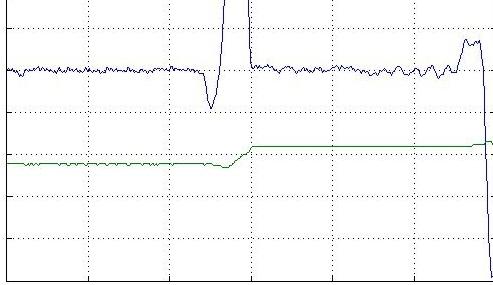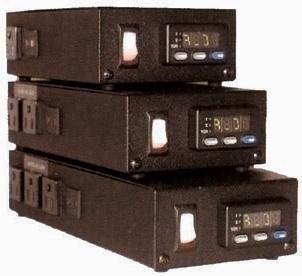Automatic controllers are different both by the principle of the device, and by the algorithm of action. They have one thing in common - they all implement feedback.
The most common type is on-off. This is the simplest and cheapest device to maintain the desired parameter in a given range. There are many examples of such systems; they are used in both industrial and household appliances. Iron, electric heater - convector, AGV and even a toilet bowl - these are the devices that use the simplest two-position scheme, the principle of which is that the regulatory body (RO) is either in one extreme position or in the other. The disadvantage of this method of controlling the output parameter is the low accuracy of regulation.
More complex proportional controls. They generate a signal for the position of the regulatory body, depending on how much the value of the adjustable parameter has increased or decreased. There are already not two PO positions; it can be located at any intermediate points. Principle of operation: the more the output parameter deviates from the set value, the stronger the position of the regulated organ changes. The disadvantage is the presence of a static error, that is, a stable deviation from the given value of the output parameter.

To eliminate this error apply integral regulation. As a result, proportional-integral (PI) regulators appeared. Their disadvantage was the inability to take into account the inertia of the regulated system, its delay in relation to the control action. By the time the regulator responds to the disturbance of the system, it is quite possible that a completely opposite effect is needed, and negative feedback can turn into positive, which is extremely undesirable.

The most advanced is the PID controller. It takes into account the differential component of the acceleration characteristic of the adjustable parameter, that is, its rate of change as a result of a stepwise change in the position of the PO. Setting the PID controller is more complicated, it is preceded by the removal of the overclocking characteristics, the determination of such parameters of the object as the delay time and time constant. In addition, all three components are configured. The PID controller provides effective stabilization of the output parameter without static error. At the same time, it eliminates spurious generation.
The PID controller can be performed on a variety of components. If the basis of its circuit is a microprocessor, it is most often called a controller. The accuracy of maintaining the parameter is calculated on the basis of reasonable sufficiency.
It happens that the technological requirements for maintaining one of the parameters are so stringent that only the PID controller can be used. An example is microbiological production, in which thermal conditions determine the quality of products. In this case, the PID temperature controller will maintain the microclimate with an accuracy of 0.1 degrees or less, unless, of course, the sensors are correctly mounted and the settings are calculated.